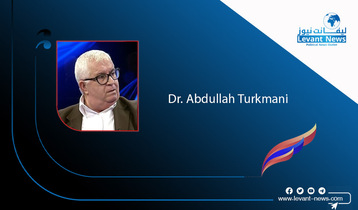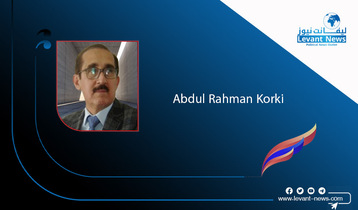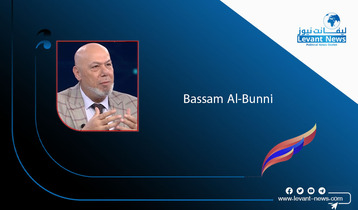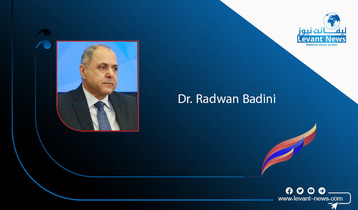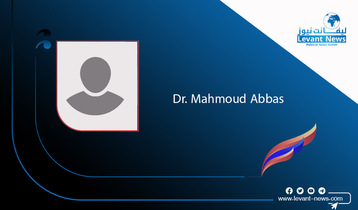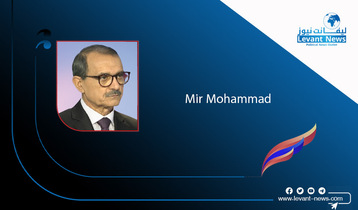-
Twitter Post-Trump

This week marks the end of one of the most roller-coaster administrations in US political history. Trump has made such a unique mark on the White House that it almost seems strange to think of the building and its most powerful occupant reverting to more traditional methods of governing.
The focus on President Biden will mean that the bandwidth of attention that Trump currently commands with inevitably decline. However, prior to Biden’s inauguration and following the incredible events with the storming of the US Capitol, Trump was already shorn of one of his most effective mouthpieces when he had his Twitter account suspended indefinitely.
Suddenly at the flick of a switch from a Social Media megacorporation, the 45th President of the United States of America was unable to communicate directly with almost 90 million people. Trump’s use of the platform in his journey from gameshow host to Republican candidate to the most powerful man on the planet with surely be studied forensically in the years to come, but for now the focus is on the rights and wrongs of the decision to remove him from it.
Trump averaged around 276 tweets per month. The most active 10% of users on Twitter, which account for 80% of the total content, had a median of 138 tweets per month. Using this megaphone, often from the sanctity of his private residence or even whilst on the golf course, Trump was able not only to shape international events but crucially able to shape the understood nature of reality itself for many of his followers.
When he took over the Presidency, he had 20 million followers, today questions are circulating as to whether he will create his own social media channel, or try and join lesser-known existing networks and turn them into his own fiefdom. In the process of being impeached for the second time, Trump’s opponents cited his direct command and control of the narrative leading up to the storming of the Capitol.
The beauty of Twitter is that it gives us data and trends that allow an insight into the President’s behaviour in a way that we never had for any of his predecessors. Such an authentic method of communication likely bonded Trump to many of his supporters in ways that traditional media struggles to do. Following defeat in the election in November Trump took his use of Twitter to an entirely new domain, it was almost as if he had cancelled much of the normal business and running of the country to focus on running a campaign from his smartphone to overturn the results.
In December 2019, he tweeted more than 600 times — an average of 58 times a day. For years Trump’s critics have been pushing for Twitter to take a tougher stance on his messages. Many could be argued to incite violence or be otherwise incendiary. In turns of factual untruths, the numbers are in the thousands. Yet it took the institutions of US democracy themselves to be breached and for people to be killed directly after a Trump rally for Twitter to take the steps they did, surely with half an eye on the countdown clock to him being out of office.
It was a decision they could not have taken lightly. The share price of Twitter fell by some 7% directly after the Trump ban and politicians and commentators from across the political spectrum ramped up talk of new regulations to come in future on potentially muzzling the power of social media companies.
A Rubicon does fell like it has been crossed. If social media companies feel they have both the mandate and power to censor or flag the opinions and words of democratically elected leaders, is that not a recognition of the immense power they have in free societies? And therefore, how are they truly being held to account?
Regardless of your politics, the period of the Trump Presidency has shown that the power and influence of social media companies across all parts of US politics and society at large is beyond any conceptions had when they were launched. A wider debate is needed as to how the internet and its tools are proactively and passively dividing communities into echo chambers and sites were manipulation and untruths are rife. Trump was able to use Twitter for so long in such a way simply because he could and perhaps nobody imagine a US President would, in the future new norms and rules are needed to harness such incredible influence.
You May Also Like
Popular Posts
Caricature
BENEFIT AGM approves 10%...
- March 27, 2025
BENEFIT, the Kingdom’s innovator and leading company in Fintech and electronic financial transactions service, held its Annual General Meeting (AGM) at the company’s headquarters in the Seef District.
During the meeting, shareholders approved all items listed on the agenda, including the ratification of the minutes of the previous AGM held on 26 March 2024. The session reviewed and approved the Board’s Annual Report on the company’s activities and financial performance for the fiscal year ended 31 December 2024, and the shareholders expressed their satisfaction with the company’s operational and financial results during the reporting period.
The meeting also reviewed the Independent External Auditor’s Report on the company’s consolidated financial statements for the year ended 31 December 2024. Subsequently, the shareholders approved the audited financial statements for the fiscal year. Based on the Board’s recommendation, the shareholders approved the distribution of a cash dividend equivalent to 10% of the paid-up share capital.
Furthermore, the shareholders endorsed the allocation of a total amount of BD 172,500 as remuneration to the members of the Board for the year ended 31 December 2024, subject to prior clearance by related authorities.
The extension of the current composition of the Board was approved, which includes ten members and one CBB observer, for a further six-month term, expiring in September 2025, pending no objection from the CBB.
The meeting reviewed and approved the Corporate Governance Report for 2024, which affirmed the company’s full compliance with the corporate governance directives issued by the CBB and other applicable regulatory frameworks. The AGM absolved the Board Members of liability for any of their actions during the year ending on 31st December 2024, in accordance with the Commercial Companies Law.
In alignment with regulatory requirements, the session approved the reappointment of Ernst & Young (EY) as the company’s External Auditors for the fiscal year 2025, covering both the parent company and its subsidiaries—Sinnad and Bahrain FinTech Bay. The Board was authorised to determine the external auditors’ professional fees, subject to approval from the CBB, and the meeting concluded with a discussion of any additional issues as per Article (207) of the Commercial Companies Law.
Speaking on the company’s performance, Mr. Mohamed Al Bastaki, Chairman BENEFIT , stated: “In terms of the financial results for 2024, I am pleased to say that the year gone by has also been proved to be a success in delivering tangible results. Growth rate for 2024 was 19 per cent. Revenue for the year was BD 17 M (US$ 45.3 Million) and net profit was 2 Million ($ 5.3 Million).
Mr. Al Bastaki also announced that the Board had formally adopted a new three-year strategic roadmap to commence in 2025. The strategy encompasses a phased international expansion, optimisation of internal operations, enhanced revenue diversification, long-term sustainability initiatives, and the advancement of innovation and digital transformation initiatives across all service lines.
“I extend my sincere appreciation to the CBB for its continued support of BENEFIT and its pivotal role in fostering a stable and progressive regulatory environment for the Kingdom’s banking and financial sector—an environment that has significantly reinforced Bahrain’s standing as a leading financial hub in the region,” said Mr. Al Bastaki. “I would also like to thank our partner banks and valued customers for their trust, and our shareholders for their ongoing encouragement. The achievements of 2024 set a strong precedent, and I am confident they will serve as a foundation for yet another successful and impactful year ahead.”
Chief Executive of BENEFIT; Mr. Abdulwahed AlJanahi commented, “The year 2024 represented another pivotal chapter in BENEFIT ’s evolution. We achieved substantial progress in advancing our digital strategy across multiple sectors, while reinforcing our long-term commitment to the development of Bahrain’s financial services and payments landscape. Throughout the year, we remained firmly aligned with our objective of delivering measurable value to our shareholders, strategic partners, and customers. At the same time, we continued to play an active role in enabling Bahrain’s digital economy by introducing innovative solutions and service enhancements that directly address market needs and future opportunities.”
Mr. AlJanahi affirmed that BENEFIT has successfully developed a robust and well-integrated payment network that connects individuals and businesses across Bahrain, accelerating the adoption of emerging technologies in the banking and financial services sector and reinforcing Bahrain’s position as a growing fintech hub, and added, “Our achievements of the past year reflect a long-term vision to establish a resilient electronic payment infrastructure that supports the Kingdom’s digital economy. Key developments in 2024 included the implementation of central authentication for open banking via BENEFIT Pay”
Mr. AlJanahi concluded by thanking the Board for its strategic direction, the company’s staff for their continued dedication, and the Central Bank of Bahrain, member banks, and shareholders for their valuable partnership and confidence in the company’s long-term vision.
opinion
Report
ads
Newsletter
Subscribe to our mailing list to get the new updates!

